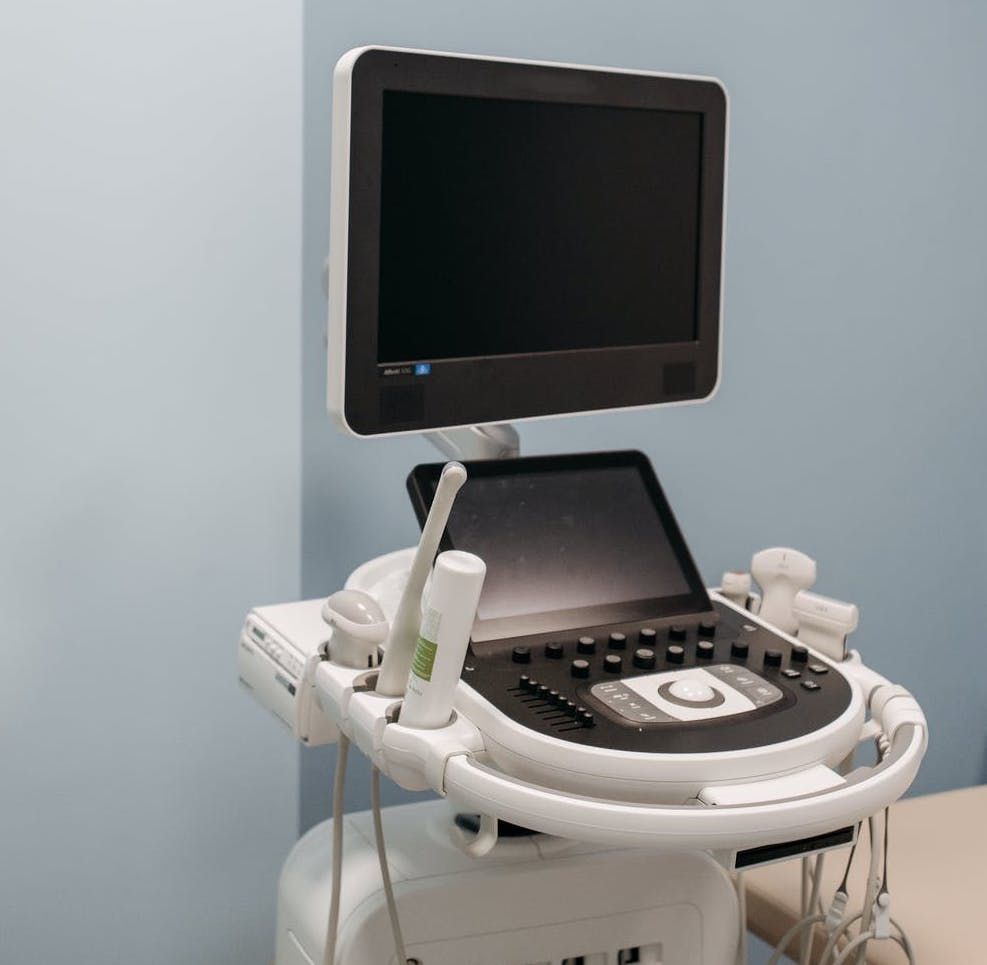Ultrasound May Damage Coronavirus Structure
Ultrasound is known to cause the breaking up of kidney stones and opening the lipid shell of liposome for drug delivery.

A recent study published in the Journal of the Mechanics and Physics of Solids has found that the structure of the coronavirus may be vulnerable to the vibrations of an ultrasound with frequencies commonly used in medical diagnostic imagining. The research was conducted by investigators from the Massachusetts Institute of Technology’s (MIT) Department of Mechanical Engineering.
Although the structure of the coronavirus is well understood, there is not much known about its physical integrity or the make-up of its spike protein.
"We don't know the material properties of the spikes because they are so tiny -- about 10 nanometers high," Tomasz Wierzbicki a professor of applied mechanics at MIT said. "Even more unknown is what's inside the virus, which is not empty but filled with RNA, which itself is surrounded by a protein capsid shell. So, this modeling requires a lot of assumptions."
Investigators behind the study used computer simulations to model the virus’ mechanical response to a range of vibration frequencies of an ultrasound. They then observed how the vibrations rippled through the virus’ structure and used this information to determine the shells natural vibrating frequency.
Through this, they estimated the natural frequency to be 100 megahertz, or 100 million cycles per second. When they exposed the virus to these vibration, they saw that the shell and spike proteins began to buckle inward.
As they increased the intensity of the vibrations, the shell began to fracture, an acoustic phenomenon known as resonance. Additionally, when they lowered the frequencies to between 25 and 50 MHz, they discovered that the virus’ shell buckled and fractured even more quickly. They occurred in both simulated environments of air and water that is similar to the density found in bodily fluids.
Although promising, the investigators stress that much more research needs to be done in order to confirm if this can be an effective treatment.
"We've proven that under ultrasound excitation the coronavirus shell and spikes will vibrate, and the amplitude of that vibration will be very large, producing strains that could break certain parts of the virus, doing visible damage to the outer shell and possibly invisible damage to the RNA inside," Wierzbicki said. "The hope is that our paper will initiate a discussion across various disciplines."
2 Commerce Drive
Cranbury, NJ 08512
All rights reserved.
